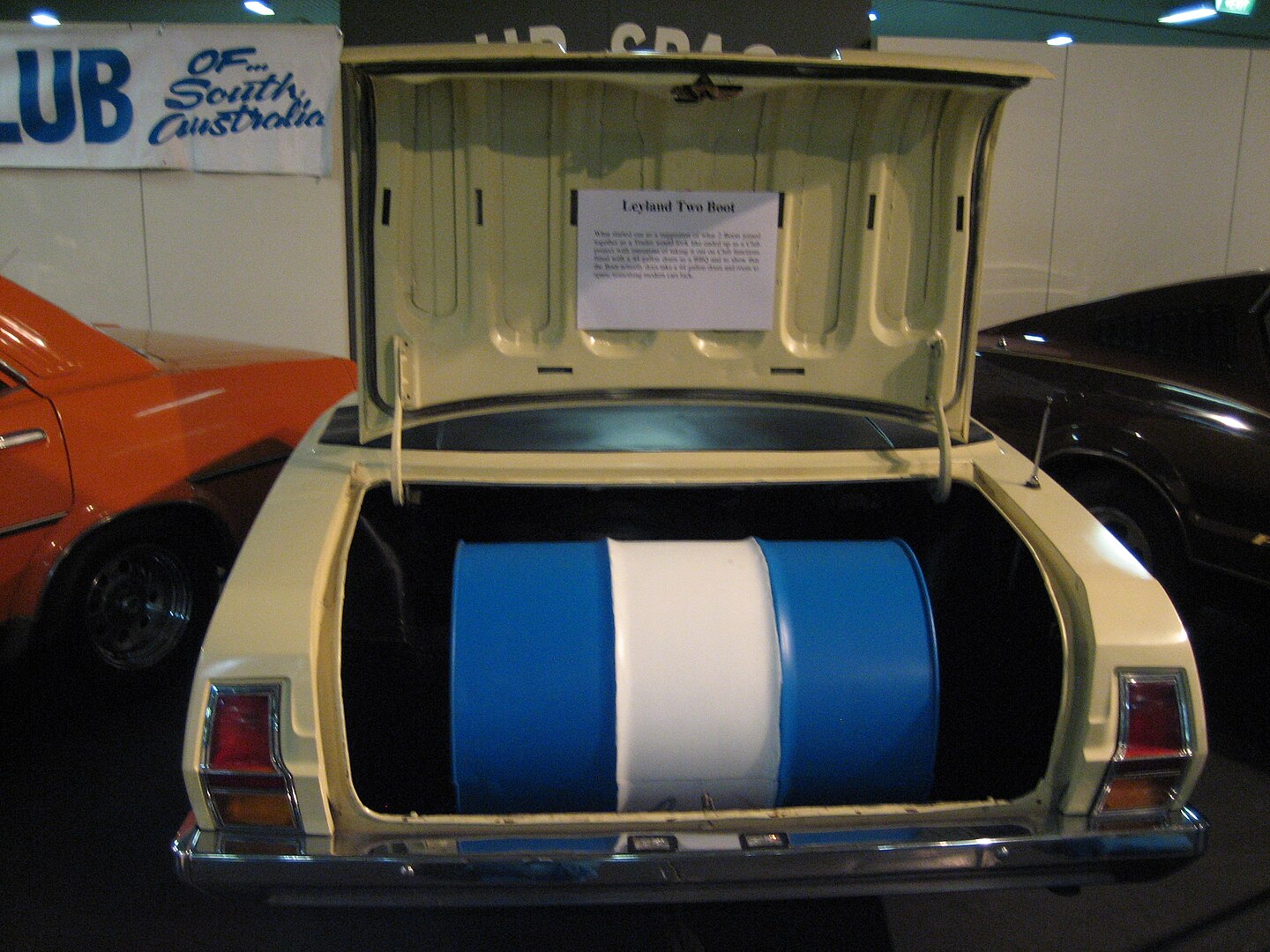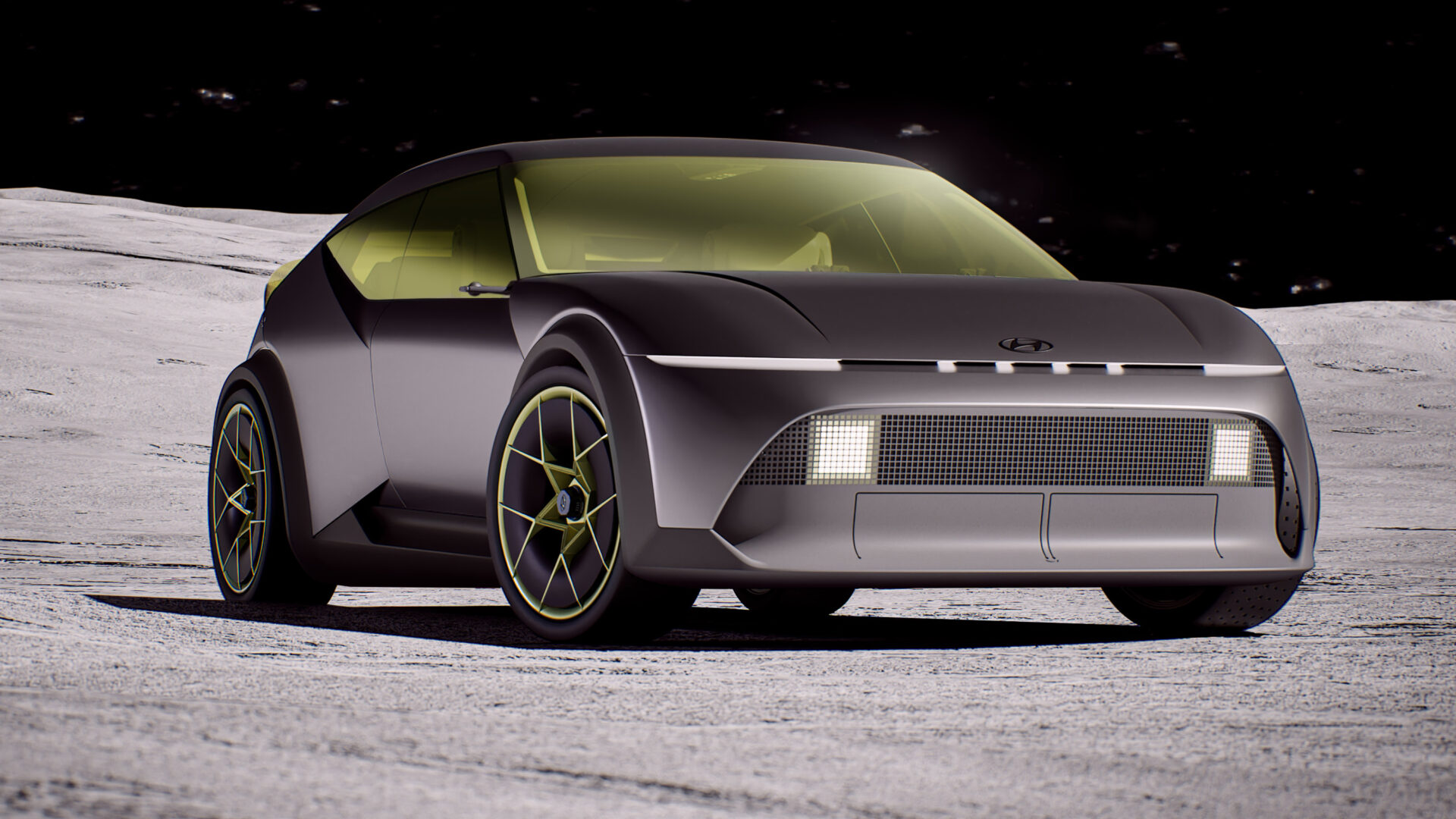
When I were a lad, many moons ago, an Alfa GTV 105 Series caught my eye. I didn’t know a lot about cars because we weren’t a “car” family. I didn’t know what it was, but saw the Alfa Romeo badge, committing it to memory.
Rapid progress came in my early teens as I bought local and international car magazines by the box load. A friend bought a 1.8-litre Alfetta and I loved it. He didn’t, crashing it incessantly and, eventually, terminally. I was incensed. Something had to be done. But there was nothing I could do except dream of owning one myself.
In parallel, my friend’s mum was a bit of a car nut. She and I spent a Saturday poring over brochures and we both short-listed the Alfa Romeo 164 Q. The two other cars – Mazda MX-6 and…I dunno…can’t remember, didn’t stand a chance.
I drove that 164 Q a couple of times and adored it. That V6, the clever suspension, it completely changed my idea about front-wheel drive cars.
A few years later I bought an Alfa Romeo Alfetta GTV and adored that, too. Rear-wheel drive, de Dion suspension, twin carbies, poo brown (sorry, occhio de tigre) paint, lovely five-spoke Momo wheels and a bundle of problems.
Problems that included an engine that exploded on a freeway at 140km/h.
It made me an Alfisti. So the following two decades meant slim pickings. Sure, there was the 8C, but it looked and sounded better than it handled. The 4C wasn’t very practical. Then the beast stirred. The late Sergio Marchionne finally settled on a strategy for Alfa after almost a decade or pushing or pulling (literally – the 159 replacement went from front to rear to front to rear-wheel drive) and some Ferrari folks headed to Turin.
The result was the Giulia. And, more importantly, the Giulia Q.
Words: Peter Anderson
Images: Will Grilo
Look and Feel





The Giulia is a striking car. It looks a bit meek in lower forms but the pumped-up Q smacks you in the face with sporting intent.
The aggressive front end is enhanced with a deeper bumper and splitter. The rear’s diffuser/valance/quad exhaust combo looks pretty mean, too. In profile it looks slammed down over the big 19-inch alloys, the yellow calipers peeking out from behind.
Purpose. Speed. Muscle. I love it, but many don’t. That’s cool. We’re all friends here, no need to get bitter.




Inside is…well, a bit disappointing. There’s nothing wrong with it – it looks good, mostly feels good and with the funky, carbon-backed Sparco seats, you’re in for a treat every time you open the door. While there are big splashes of colour, the carbon fibre bits eat light and create a sometimes-oppressive feel.
The area around the shifter also feels oddly sparse. I can’t quite explain why. Some of the plastics, particularly the bits you touch, could be a bit more upmarket.
All is forgiven when you grip the Alcantara-trimmed steering wheel, though. It feels and looks wonderful and those big alloy paddles feel fantastic. And that big red button. You know I like those.
The hooded instruments are a bit twee, but I’ll allow it. Alfa is nothing without its history and this is a lovely nod to it.
The quality isn’t up to Audi or BMW standards – the seat height button, for instance, popped out of its hole and I had to poke it back in. Does it matter? Not really, because you can fix it. More worrying is the scratchy plastic on the media system’s controller. That won’t age well.
Driveline




Like the 164 Q, the V6 is the sonorous core of the Giulia. This is a properly special engine though. It’s three-quarters of the galactic F154 V8 found in the Portofino. Two turbos, 2.9-litres and a 90-degree V, it’s designed (and, I would imagine, made) by Ferrari Powertrain, just like the petrol V6s in Maseratis.
Forged aluminium pistons, twin IHI turbos, direct injection and various other cleverness sounds awfully familiar and promises much drivability.
When wound up, you get 376kW (511PS) and a very handy 600Nm. 0-100km/h arrives in 3.9 seconds, quicker than the now-dead rear-drive BMW M3 and not far off the AMG C63S.
All that power shoots to the rear wheels via a ZF eight-speed automatic, a lightweight carbon fibre propshaft and an electronic, limited-slip differential.
The four engine modes available via one of three dials on the console are A, N, D and Race in ascending order. Obviously Alfa calls it DNA but I’m a fan of saying, “Aaaannd race.” Because I’m a giant child.
The suspension button in the middle allows you to soften things off in D and Race if you just want some exhaust histrionics. Reminds me a lot of Ferrari’s bumpy road button.
A is for Advanced Efficiency, which means you get cylinder deactivation and please don’t leave, keep reading. N is for Natural, the equivalent of Comfort on everything else and D is for Dynamic. Race should be self-explanatory, but it moves the suspension from really quite hard to even harder, loosens the rear end and ratchets up the noise. I can’t imagine you nor I spend much time out of either Dynamic or Race.
Chassis and Aero




A very pretty set of classic Alfa wheels, 19-inches in diameter, carry the Giulia along. Wrapped in Pirelli P-Zeros made especially for the Giulia, they’re dark and look tremendous on this red car.
The bonnet and roof are made of carbon fibre and you can see the weave from behind the wheel – I adore that. Some of the panels are aluminium and it’s all, obviously, in the name of keeping weight down.
The drilled brakes look magnificent too, with the bright yellow Brembo callipers gripping 360mm front discs and 320mm at the rear. The front callipers grab with four pistons, with the rears making do with one.
Suspension, obviously tied to the AND RACE dial, is by double wishbones up front and a multi-link rear end with “vertical rod link.” Answers on a postcard. The dampers are electronically controlled, of course, as though it would be any other way.
The front splitter is an active unit, two little robot arms push to a more aggressive angle as you up the ante. Nifty.
Driving

The Giulia is spectacular from the second you settle in. The Sparco seats are brilliant. The steering wheel is visual and kinaesthetic perfection and it has a big red button. You know how I like big red buttons.
One of things about this sort of car is that they can be hard and cranky when you’re going about your daily business. These cars are too expensive to be like that. They should be good at most things that cars. No, they don’t have to ride like a Toyota Camry or a Honda Accord, but nor should they ride like an Aventador S. The Giulia Q has an uncommonly good ride.
Some people have complained that this means it lacks body control, but this is a road car. There’s far more body control here than on most cars and a little bit of roll never hurt anybody. It’s fine on the MX-5 and, if you’re not Kimi Raikkonen, makes the car more accessible.
And that’s what’s great about the Giulia. While it has a towering 500-plus horsepower, you can drive it like a shopping trolley and everything is fine. The steering is light and direct, everything works really well when you’re just driving it as a car.
When you want it to be a weapon, though, hoo-boy. This thing is wild.
Flicking the dial around to Race, everything fires up, fight-or-flight style. You get both in the Giulia Q. The steering is still Ferrar-light but with all the feel you could ever need, sending your palms a constant stream of verifiable information about the road surface and tyre adhesion.
The 2.9-litre V6 is an absolute delight, barking and bellowing in basso profondo.
I love the way the front end punches the apex the way an MMA fighter goes after a woozy opponent. It feels so tied down, so there for you. Drive it cleanly and it will let you go colossally quickly.
One quirk did pop up, and before you start rubbing your hands, it’s not one that’s going to trouble too many every day Giulia Q owners. The mostly devilishly clever limited-slip differential is, er, limited by the fact it’s electronic. I described the problem – the rear end behaves inconsistently when you punch out of a corner with too much throttle.
I had expected smooth, controllable oversteer but every now and again it would just try and get the car straight again. Let’s be honest, on the road, it should be doing that, but I can’t imagine that’s something you want too often on a track. And given I’m not much of a lairy driver, it didn’t really bother me. It was just something I noticed.
Redline Recommendation

The first time I drove the Giulia Q, I thought it had the M3’s measure. I kind of still do, if only because it’s so euphorically Italian without the downsides and expectations of Alfas past. The M3 is one of those BMW M cars lacking a sense of humour whereas with the Giulia, the laughs come thick and fast like the early seasons of 30 Rock.
The Giulia’s only “problem” is an interior that could be better and maybe, just maybe, the (Australian) pricing is a bit ambitious. But boy do I love this car. It’s a ripper of a thing.




Leave a Reply